Geocaching is a modern day treasure hunt that uses a GPS device, or phone, and it has become Andrew’s new passion. ‘Geo‘ means ‘earth‘ and ‘cache‘ means ‘hiding place‘. There are geocaches all over the world. You walk or drive by them daily and have no idea these hidden treasures exist – until you go to the Geocaching website.
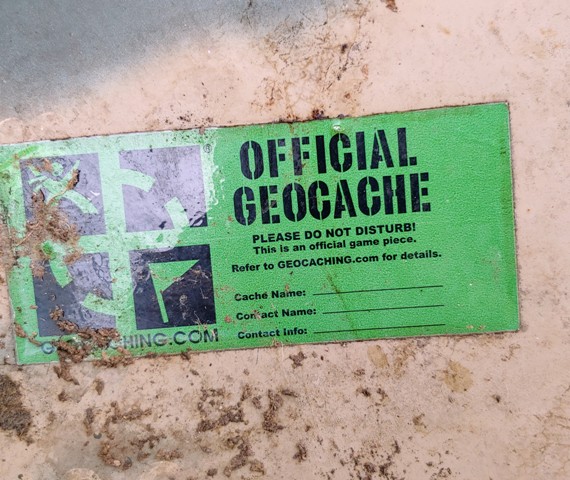
Start Geocaching
The treasure hunt begins at geocaching.com. Read the rules and guidelines and then click ‘play’. The map will display all the free geocaches by zip code or area. If you are new and using the ‘free’ version, there will be inaccessible premium caches – these are for players who have purchased a membership. Stick with the free version until you are familiar with caching.
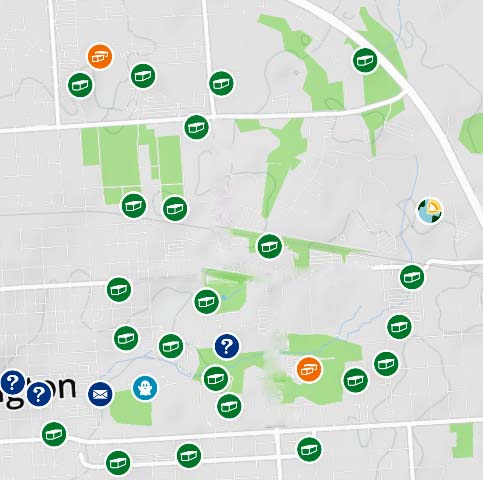
To look at the description of a cache, click on the dot and the corresponding page will give you a description, a hidden hint, and updates on activities and comments from other Geocachers. The cache might be a park and grab, located within a trail, or out in the wilds. You choose what kind of hunt works best for you. Use the navigation bar to begin your search. It is important to exercise caution as it is a secret game and non-players should not discover what you are doing.
Found it!
Finding the cache is fun, but it is equally fun to log the find and watch your list grow! Some containers have swag. The finder will take an item and replace it with their own trinket. We carry gold play-coins for swapping. Andrew has swapped his gold coin for swag such as marbles, Geocaching bucks, plastic insects, and other small trinkets.
After signing the paper log inside the cache, the finder returns the cache to the exact hiding place. Then they leave a message for the owner and for other Geocachers.
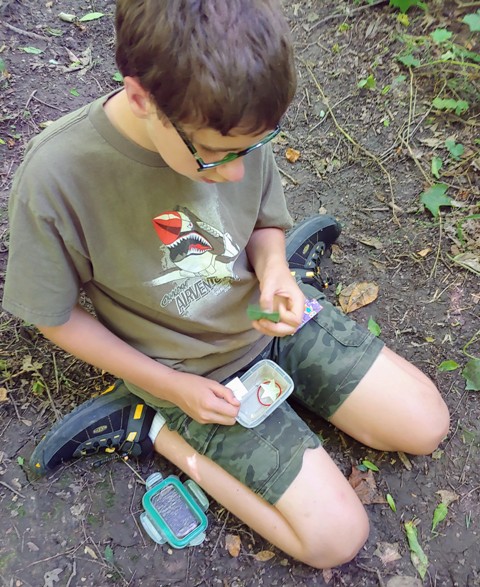
Educational Geocaches
My favorite caches enhance our school day. We recently found a history cache at a former site of a frontier cabin. The educational note told us that the cabin was burned during an Indian attack, in 1801. We learned about the family (that got away), and the white man’s broken promise to the Indians, the language barrier, and other historic details that took place right where we were standing! What more could a homeschool mom ask for? Exercise, a Geocaching treasure hunt, and history class to boot!
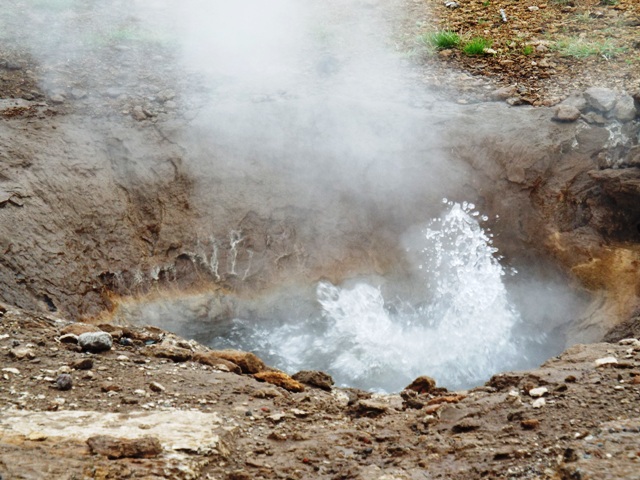
Another type of cache, an EarthCache, gives a unique educational lesson about a special geological location marked by coordinates. The finder reads the educational notes and then follows the given directions, sometimes answering questions or taking photos. EarthCaches are a wonderful way to find out more about areas that you travel to.
GPS Unit or Phone?
You can use your phone as a GPS device. There are pros and cons to using a phone. After today, I now understand why Geocachers prefer handheld GPS units. Using a phone is great as long as there is service. The problem lies when there is no service, limited service, or you have limited data.
This morning Andrew and I hiked a remote trail. The bearings on my phone kept jumping around, making it difficult to determine the location of a cache. Standing on a path in the middle of the woods, my phone coordinates reported the cache was 27 feet away. I didn’t move and the distance started dropping until it read 4 feet. Andrew told me that if I stood there long enough, the cache was going to walk out and greet us!
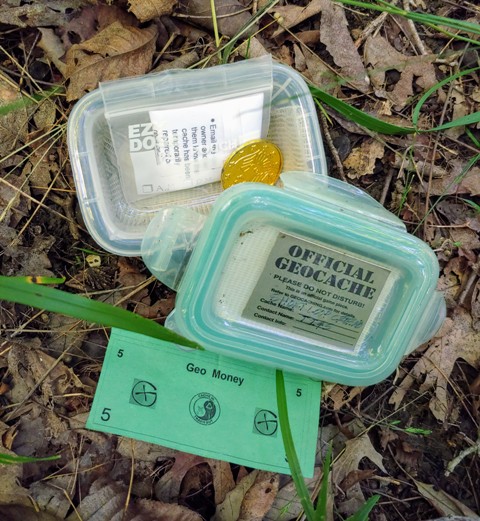
Geocaching is a great way to spend time with family members, get exercise and maybe some history, learn about the area, and treasure hunt. Do you have a Geocaching story? Need help? Just leave a comment below!
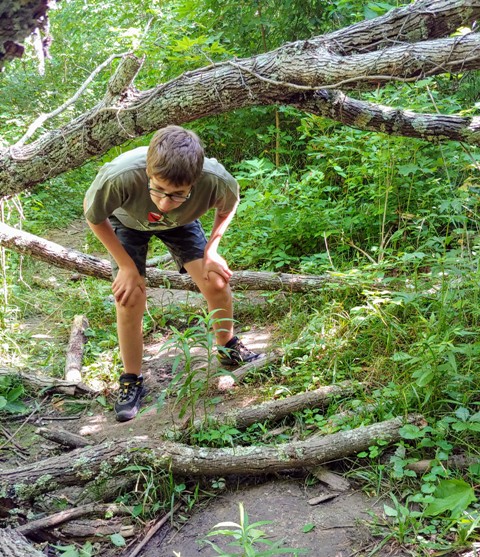



Jill Hunter says
I wish I could do this with Hialeah but I am not good at wild life I don’t do bugs lol
Danielle Warmuth says
OH, Jill! Hialeah would love Geocaching! You would be surprised at how many are around you.